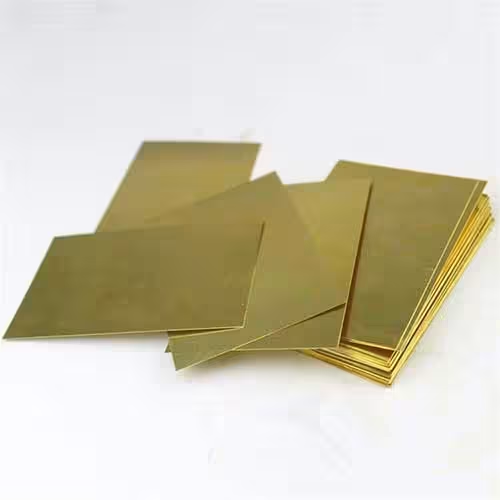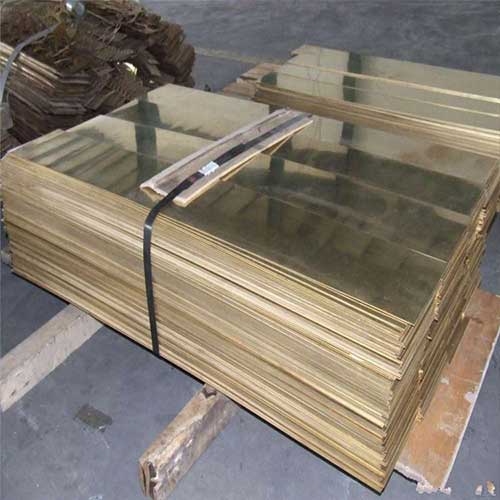Welcome to My Blog!
Before we dive into the content, I’d love for you to join me on my social media platforms where I share more insights, engage with the community, and post updates. Here’s how you can connect with me:
Facebook:https://www.facebook.com/profile.php?id=61565500692293
Now, let’s get started on our journey together. I hope you find the content here insightful, engaging, and valuable.
Table of Contents
Introduction

Copper plates have long been valued for their exceptional properties, making them indispensable across various industries. From their remarkable electrical and thermal conductivity to their aesthetic appeal and antimicrobial characteristics, copper plates offer a combination of functionality and beauty. This article delves into the multifaceted applications of copper plates, highlighting their significance in modern technology, architecture, art, and more.
The Unique Properties of Copper Plates
Electrical and Thermal Conductivity
Copper is renowned for its superior electrical conductivity, second only to silver. This makes copper plates ideal for electrical applications, including busbars, circuit boards, and connectors. Additionally, copper’s high thermal conductivity ensures efficient heat transfer, making it a preferred material for heat exchangers and radiators.
Corrosion Resistance and Durability
Copper plates exhibit excellent resistance to corrosion, especially in harsh environments. Over time, they develop a protective patina that not only enhances their appearance but also adds to their longevity. This durability makes them suitable for applications ranging from roofing to marine hardware.
Malleability and Aesthetic Appeal
The malleability of copper allows it to be easily shaped into various forms without compromising its strength. This property, combined with its distinctive reddish-brown hue, makes copper plates a favorite in architectural and artistic applications.
Antimicrobial Properties
Copper’s natural antimicrobial properties have been recognized since ancient times. Modern studies confirm that copper surfaces can effectively eliminate a wide range of microorganisms, making copper plates valuable in healthcare settings and public spaces.
Applications of Copper Plates Across Industries
Electrical and Electronics Industry
Due to their excellent conductivity, copper plates are extensively used in the electrical and electronics industry. They serve as essential components in transformers, switchgear, and printed circuit boards, ensuring efficient power distribution and signal transmission.
Construction and Architecture
In the construction sector, copper plates are utilized for roofing, cladding, and decorative elements. Their durability and aesthetic appeal contribute to both the functionality and visual appeal of buildings.
Art and Sculpture
Artists and sculptors favor copper plates for techniques like repoussé and chasing, where the metal’s malleability allows for intricate designs. The resulting artworks are not only visually striking but also long-lasting.
Industrial Manufacturing
Copper plates play a crucial role in industrial manufacturing processes. They are used in the production of heat exchangers, molds, and various machinery components, benefiting from copper’s thermal properties and workability.
Healthcare and Sanitation
The antimicrobial nature of copper makes its plates suitable for high-touch surfaces in healthcare facilities, such as door handles and bed rails, helping to reduce the spread of infections.
Comparative Overview of Copper Plate Grades

Understanding the different grades of copper plates is essential for selecting the appropriate type for specific applications.
| Grade | Composition | Key Properties | Common Uses |
|---|---|---|---|
| C10100 | Cu ≥ 99.99% | Excellent conductivity, high purity | High-end electrical applications |
| C11000 | Cu ≥ 99.90% | Good conductivity, general-purpose | Electrical wiring, plumbing |
| C12200 | Cu ≥ 99.90% | Enhanced corrosion resistance | Heat exchangers, plumbing systems |
| C23000 | Cu + Zn | Improved strength, good formability | Architectural elements, decorative items |
| C26000 | Cu + Zn | Balanced strength and ductility | Connectors, cartridge cases |
Conclusion
Copper plates stand out as a versatile material, seamlessly blending functionality with aesthetic appeal. Their unique combination of properties makes them indispensable across a multitude of industries, from electrical engineering to art. As technology advances and the demand for sustainable, durable materials grows, copper plates are poised to maintain their relevance and importance in various applications.
FAQ
What are the primary uses of copper plates?
Copper plates are primarily used in electrical applications, construction, art, industrial manufacturing, and healthcare due to their conductivity, durability, and antimicrobial properties.
How do copper plates compare to other metals in terms of conductivity?
Copper has superior electrical and thermal conductivity compared to most metals, second only to silver, making it highly efficient for power transmission and heat dissipation.
Are copper plates suitable for outdoor applications?
Yes, copper plates are highly resistant to corrosion and develop a protective patina over time, making them suitable for outdoor use in roofing and cladding.
Can copper plates be recycled?
Absolutely. Copper is 100% recyclable without any loss in performance, contributing to environmental sustainability.
What is the significance of the patina on copper plates?
The patina is a greenish layer that forms over time, protecting the copper from further corrosion and adding to its aesthetic appeal.

